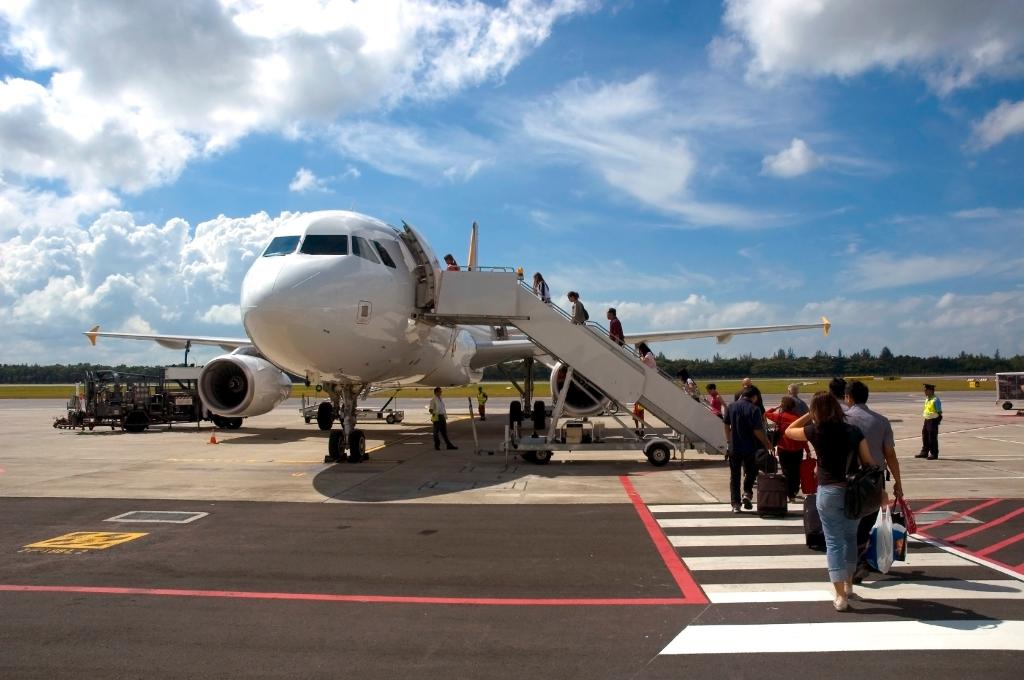We board airplanes on the left-hand side due to a historical tradition that originated from the way cargo and passengers were loaded and unloaded from boats. This practice dates back to ancient times when the left-hand side of boats was used for this purpose. The consistency in using the left-hand side of boats made port logistics easier regardless of where the boat was traveling. As humanity transitioned from boats to airplanes, this tradition was carried over, leading to airports and airplanes being designed for passengers to board and unload from the left-hand side.
The use of the left-hand side for boarding and unloading on boats led to the development of certain terminologies in maritime culture. The left-hand side of a boat is referred to as the “port side”, while the right-hand side is known as the “starboard”. This terminology has also been carried over to aviation, where planes are designed for passengers to board from the left-hand side. This tradition has been maintained for thousands of years, highlighting the longevity and consistency of certain practices that have stood the test of time.
The historical connection between the maritime traditions and aviation practices is evident in the terminology used in both fields. Many terms used in aviation have roots in maritime lore, illustrating the influence of sailing on the development of aviation practices. The alignment between boat terminology and airplane design further emphasizes the seamless transition from boats to airplanes and the retention of certain practices across different modes of transportation.
The explanation provided by Dougie Sharpe on TikTok sheds light on a lesser-known aspect of air travel that most people may not have considered before. His role as the “fact guy” on the platform allows him to share interesting insights and historical facts with his audience, sparking discussions and engagement among viewers. The connection between the boarding practices in aviation and the historical practices of loading and unloading on boats offers a fascinating perspective on the evolution of transportation methods over time.
The comment by one user regarding the term “starboard” originating from the steering board on the right side of ships adds another layer of historical context to the discussion. These types of facts and insights contribute to a deeper understanding of the traditions that have shaped various industries and practices over centuries. The input from experts like Michael Oakley, the managing editor of “The Aviation Historian”, further supports the historical significance of the boarding practices in aviation and their connection to maritime traditions.
Overall, the explanation for why we board airplanes on the left-hand side offers a glimpse into the historical origins of this practice and its continued relevance in modern air travel. By understanding the historical context behind certain traditions in aviation, we can appreciate the continuity of certain practices that have endured over time. The alignment between maritime and aviation practices highlights the interconnectedness of different modes of transportation and the enduring influence of historical traditions on contemporary processes.


